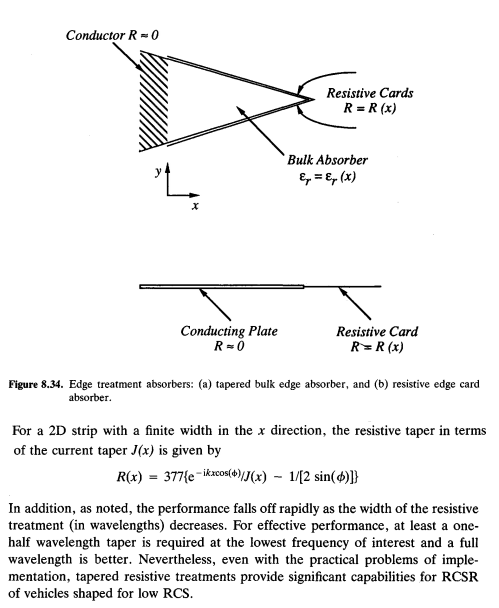Su-57 original top speed requirement was Mach 2.3 but later reduced to Mach 2. Nevertheless, YF-23 and F-22 both have high speed and an S shaped intake so pressure recovery at high speed isn't why Russian choose a radar blocker instead of an S-duct on Su-57. A straight duct with inlet blocker has 2 advantages over S-duct:
1- It is much lighter because to make an S-duct, you need a lot more material than adding a blocker on a straight duct. Lighter mean your aircraft can have better T/W
2- It takes less space so you can make a smaller aircraft or you can increase the size of the weapon bay.
Nope, an S-duct also act as a radar absorbing structure and even to a much better degree than a blocker. Because the shape and length of an S-duct make radar wave bounce of the wall many times before they can coming out of the duct, the longer the duct and the more curvy it is, the more bounce you will have, and as a result, the bigger accumulated radar absorbing capability. A layer of RAM with modest absorbing capability of 5-15 dB can be accumulated to 60 dB even with a slight curved duct. ( 60 dB mean you reduce radar wave power by 1.000.000 times)
Secondly, when radar wave strike an edge, they will be diffracted, this diffraction effect can cause radar wave to scattered in many directions including straight back, the more edges there are, the more diffraction, an inlet blocker has a lot more edges than an S-duct because an S-duct only has the edge on the inlet lips
Edge diffraction can be reduced by applying edge treatment, which is basically sticking resistive strip on the sharp edges (you will notice the slight off color strip on the wing and inlet leading edge of modern stealth aircraft). But it is easier to apply when the edge is big such as inlet lip and wing edges, it is much harder to apply them on the smaller blocker, and the width of the strip also affect the effective band width
In conclusion, a blocker is better from kinematic and weapon bay aspect while S-duct is better from signature aspect












